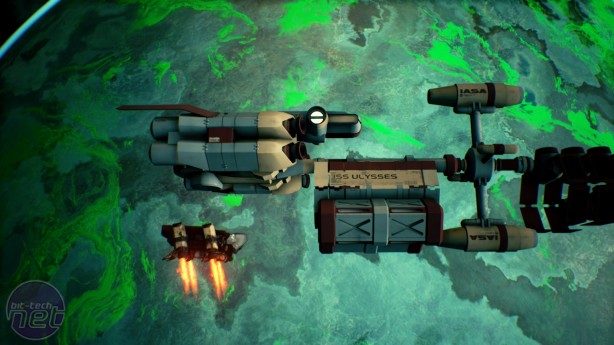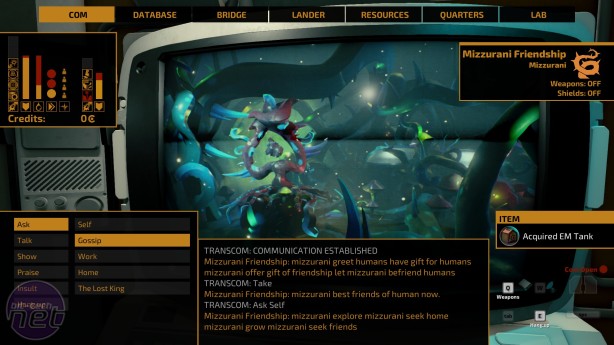
The Long Journey Home Review
Price: £33.99Developer: Daedalic Entertainment
Publisher: Daedalic Entertainment
Platform(s): PC
Imagine a series of Star Trek where nobody understands how to fly the Enterprise. Each episode commences with the Federation’s flagship approaching a new planet, before shooting past it as the sausage-fingered Ensign at the helm accidentally hits warp instead of impulse. What follows is 45 minutes of Keystone Cops parking manoeuvres as the Enterprise bounces off planets and occasionally flies into a star. At the end, a bloody civil war erupts on the planet which the Federation was supposed to arbitrate as the Enterprise pings through a nearby asteroid system like a galactic pinball.
This sums up my experience playing The Long Journey Home, a potentially great space exploration game with one cavernous flaw. The universe this interstellar survival sim depicts has personality in spades, while its systems can produce some fascinating emergent scenarios. Sadly, I struggled to enjoy any of it, as I was engaged in a frustrating and often farcical battle against one of the worst controls schemes I have encountered in a long time.
The Long Journey Home places you in control of a human starship testing out an experimental FTL engine by jumping to Alpha Centauri. Unfortunately, some overworked NASA scientist must have forgotten to carry a one, because instead the engine pings you to the far side of the Milky Way. Stranded and with minimal supplies, you must slowly claw your way back to Earth, collecting resources and forging relationships with the aliens you encounter as you progress.
Structurally, The Long Journey Home is more or less a roguelike. The galaxy is procedurally generated after a fashion. The alien races you entreat with are hand-crafted, as are many of the quests you embark upon, but the order in which you will encounter both is different every time. The game itself bears some resemblance to FTL. It plays in 2D and sees you hopping from star system to star system, scouring planets for resources and navigating random encounters with various alien races.
The main difference is that The Long Journey Home plays out in real-time and lets you explore planets as well as space itself. Enter orbit around a planet and you can deploy a lander, at which point the game switches from a top-down view to a side-scrolling perspective. Planet-landings are the main way of collecting resources, either by drilling into the crust at specified points, collecting elements from gas giants, or exploring ancient ruins and starship wrecks.
The character of the universe is easily the best thing about The Long Journey Home. Each race you meet has a unique culture and an ebullient personality. Some of the fictional constructs are familiar – the Wolphax are mantis-like creatures who are a halfway house between Klingons and medieval knights. But there are also far stranger beings like the Mizzurani, who scour the galaxy making friends by offering them generous gifts. But it’s a friendship that comes at a price, and you may well not know the price until it’s too late.

MSI MPG Velox 100R Chassis Review
October 14 2021 | 15:04













Want to comment? Please log in.